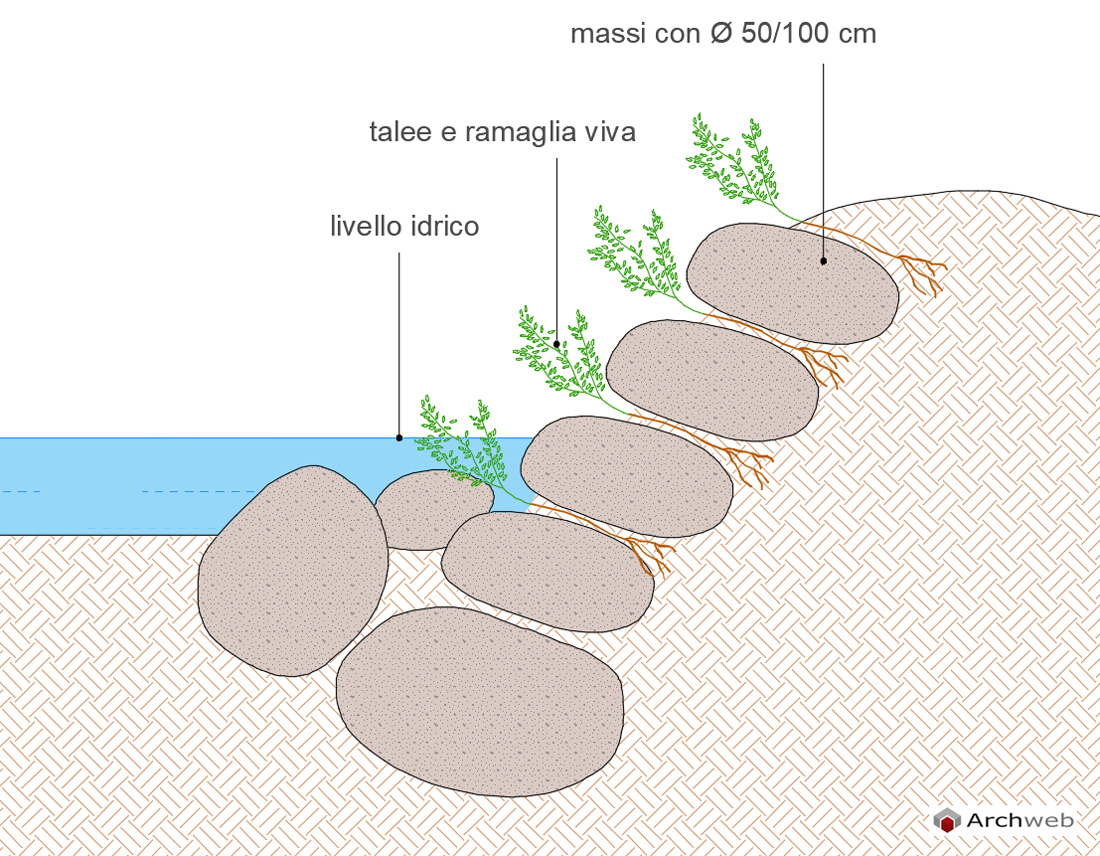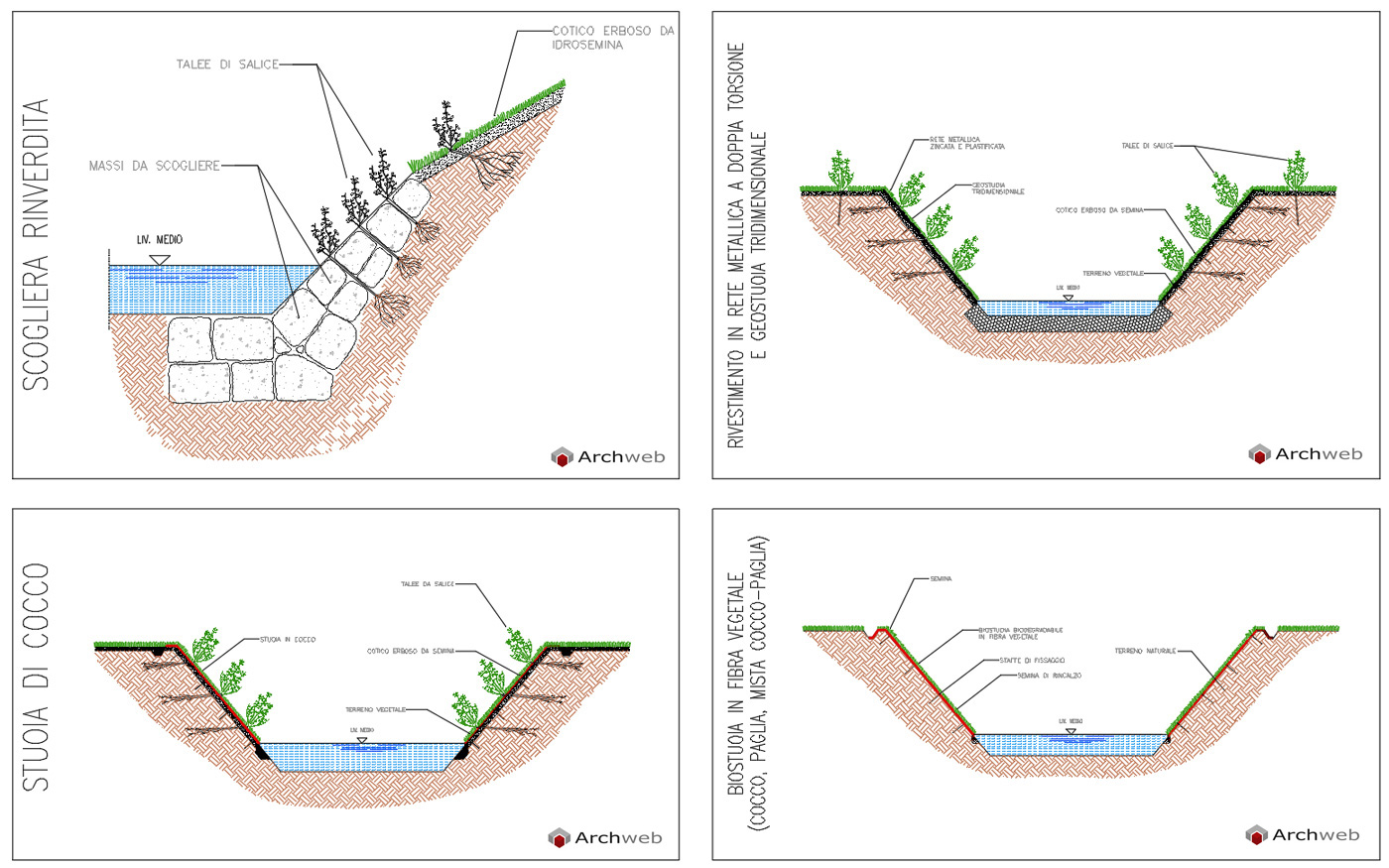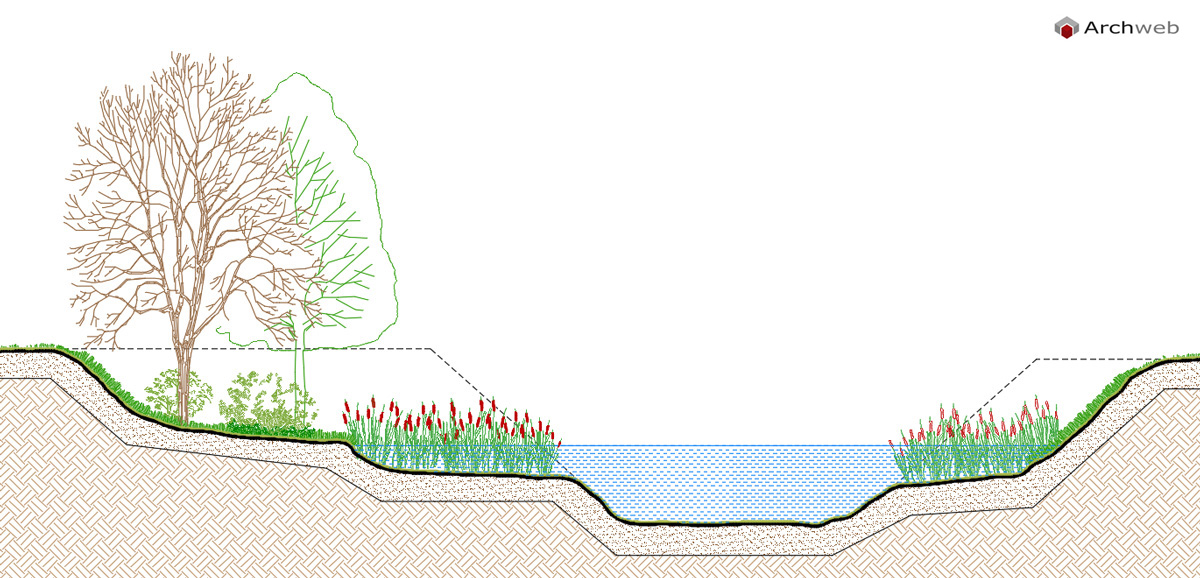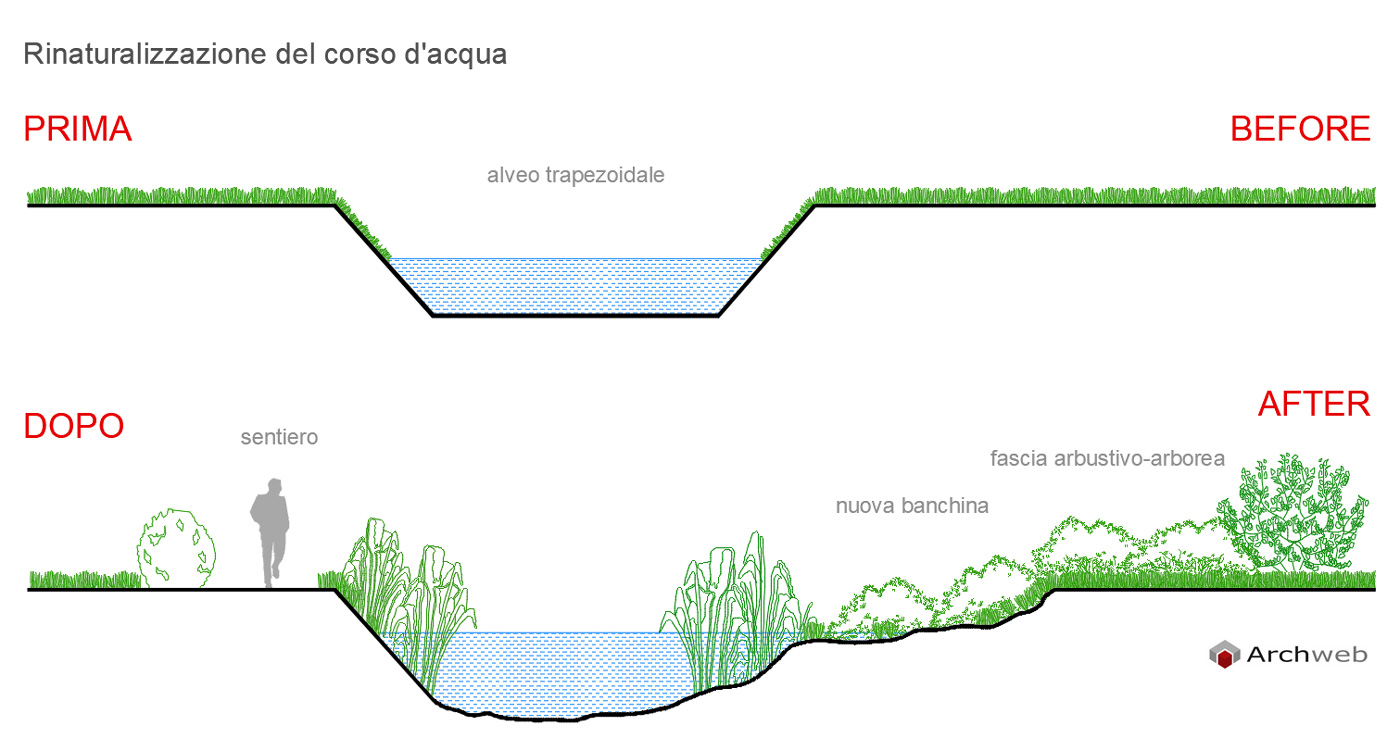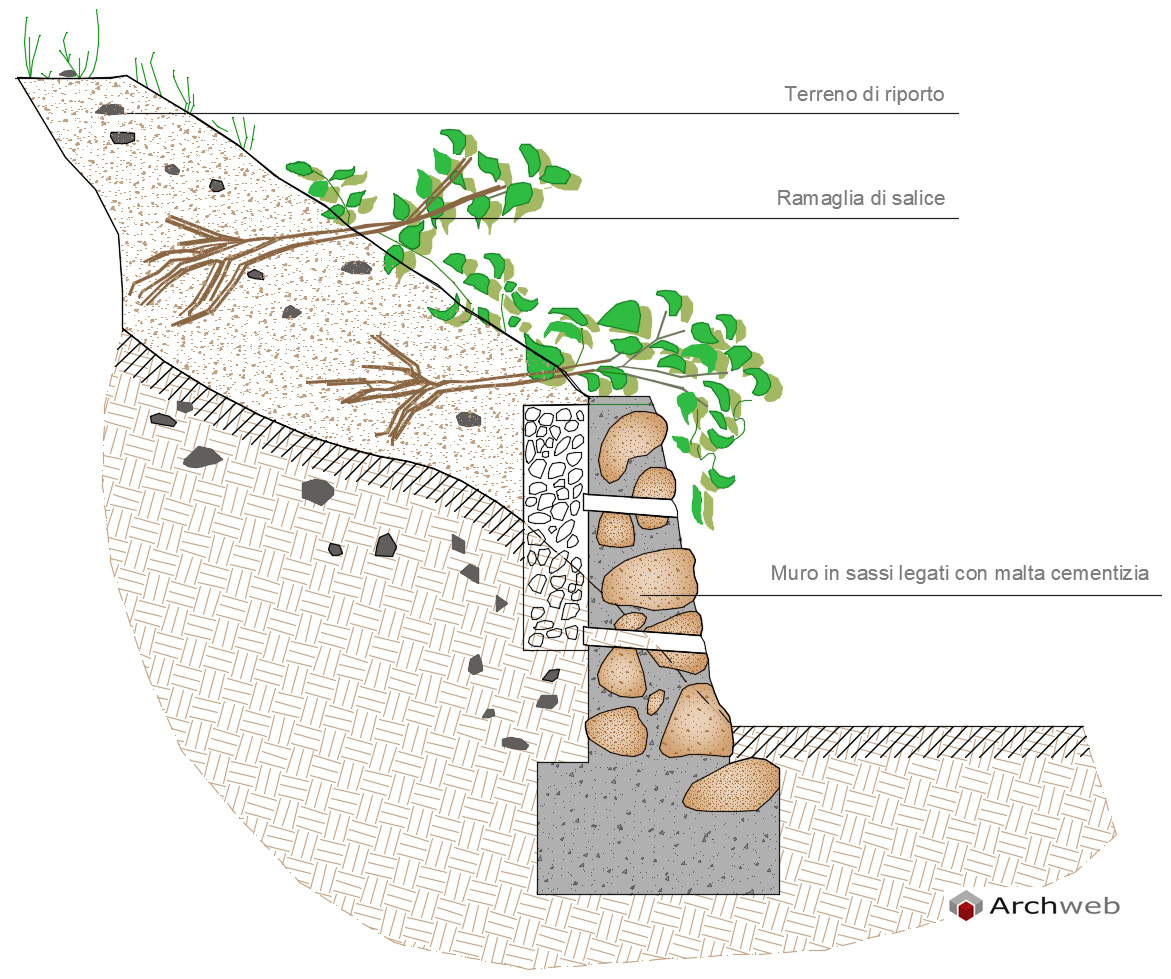Landscape alarm
Land consumption

Three square meters, just under a double bed. It is the amount of soil that is consumed every second today. Thirty hectares a day. And it is almost surprising to add that in 2000, before the crisis, at the height of the Italian construction expansion, the square meters that ended up under a building or industrial warehouse every second were eight. All right, then? Has land consumption more than halved? And what if we counted the only four Italian regions that have implemented the landscape plan (an obligation imposed by the 2008 Code of Cultural Heritage)? Or were the 284 architects present in the Superintendencies lined up on a planned staff of 416, 40 per cent of whom are over 60 and who each year have to examine, on average, 457 requests for landscape authorization?
This and other figures danced yesterday to the General States of the landscape, organized by the Ministry for Cultural Heritage, and in particular by Undersecretary Ilaria Borletti Buitoni. At the bedside of the great patient, as Salvatore Settis called him, there were many in the courtyard of Palazzo Altemps, one of the splendid seats of the Roman National Museum. Worried and alarmed doctors, more confident or hopeful doctors. The diagnosis, on the other hand, was contained in the 470 pages of a report, the first of this size and systematic nature, which 120 authors worked on and which clearly reflects the different perspectives.
The state of health of the landscape is contained in the numbers drawn up by Anna Marson, professor in Venice and former councilor in Tuscany (she is responsible for one of the few approved landscape plans, in addition to those in Puglia, Piedmont and Sardinia: the latter is now threatened by amendments), and by Istat and Ispra researchers. They are responsible for the quantification of land consumption, which currently covers 23 thousand of the 300 thousand square kilometers of the Italian territory.
From the 1950s to today there has been an increase of 2.7 per cent to one of 7.6. The so-called sprawl prevails, that is to say that urbanization is spreading thinly. And only the 2008 crisis and no containment policies slowed its growth, without stopping it (a very controversial law lies in Parliament). The regions with the greatest increase (over 12 percent) are Lombardy and Veneto, the areas most affected are the Po Valley, the Florence-Pisa axis, Rome and its hinterland, Salento.
Transformations affect rural landscapes and, more than construction, neglect affects them. A separate chapter concerns illegal activities. Just one fact: before the Galasso law (1985), buildings near the sea were 400 per square kilometer, today, despite the constraint imposed by that law, they are 512 (in Puglia there are 730, in Sicily 700, in Calabria 600). Hence it follows that 22 percent of Italians express a strongly negative opinion on the landscape in which they live.
“Our landscape has continued to suffer attacks that have degraded it, but at the same time awareness and participation have grown”, summarizes Borletti Buitoni in front of experts from various disciplines (jurists, architects, art historians, economists) and then supervisors , ministry managers, public administrators, members of associations, bearers of experience (from Antonio Loffredo, parish priest of Santa Maria della Sanità in Naples to Marco Rossi-Doria, street teacher). Five thematic sessions, from legal questions to those of training. Today the conclusion with Dario Franceschini and Paolo Gentiloni.
The report and also the discussion highlight the different, more or less indulgent accents towards the simplifications introduced in the authorization procedures. Frontline officials such as Fausto Martino and Alessandra Vittorini dwell on the fatigue of the superintendencies. Martino, who is in charge of Cagliari and the south of Sardinia, defender of the landscape plan against the changes proposed by the Region, raises the issue of simplifications for “minor” interventions decided without setting general rules that establish what can be done and what cannot be done. . Another suffering, the staff. It is true that after the retirement of many officials, a competition was held for 500 places (which could become 800, but which in any case does not cover all the vacant positions): however many winners have not yet been hired, the superintendencies remain in breathlessness and the landscape still runs risks.
Author: Francesco Erbani
The article was taken from the website: www.eddyburg.it
Photo cover: Myskina6 on Depositphotos






























































